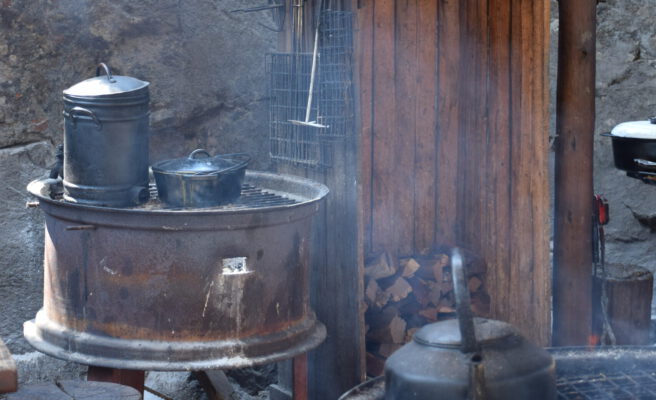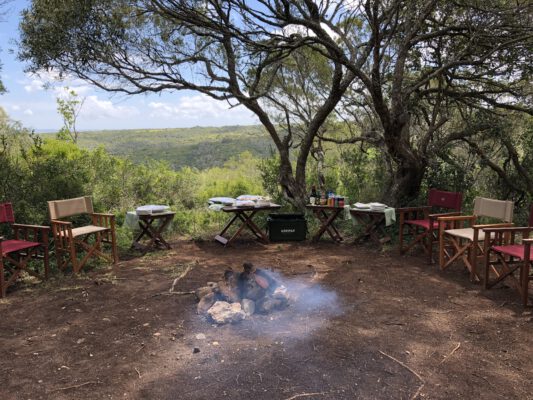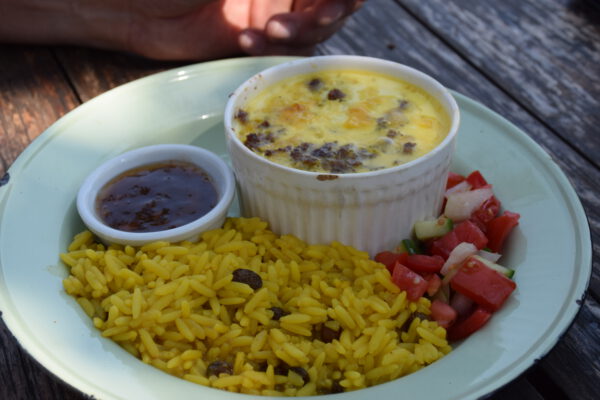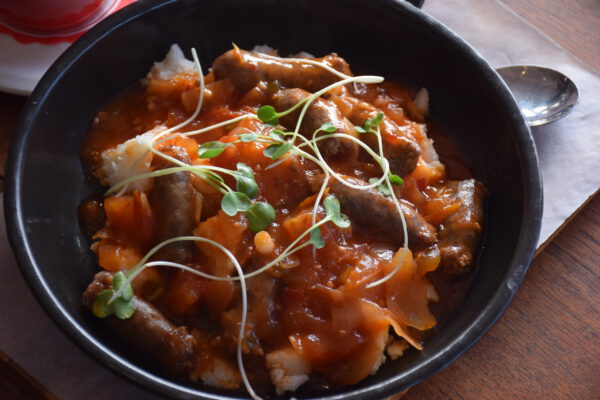PAP: A taste of south africa’s heritage
PAP – CULINARY ROOTS
PAP – INGREDIENTS
To make traditional South African pap, you’ll need just a few simple ingredients:
- Maize meal (cornmeal) – The main ingredient, typically coarsely ground.
- Water – Used to cook the maize meal and achieve the desired consistency.
- Salt – For seasoning.
Optional ingredients can include butter or milk for a creamier texture, but the basic recipe is made with just maize meal, water, and salt.
BOBOTIE – RECIPE
Ingredients:
- 2 cups of maize meal (coarse cornmeal)
- 4 cups of water
- ½ teaspoon of salt
- Optional: 1 tablespoon of butter (for a richer flavor)
Personal Ranking
1. BOIL THE WATER
In a large pot, bring 4 cups of water to a boil over medium heat. Add the salt and stir to dissolve.
2. ADD MAIZE MEAL & COOK
Gradually pour the maize meal into the boiling water while continuously stirring to avoid lumps. Then, reduce the heat to low. Keep stirring until the mixture thickens, usually around 5-10 minutes. You can cover the pot and let it simmer for another 15-20 minutes, stirring occasionally to ensure even cooking. The pap will become thick and pull away from the sides of the pot.
Optional – Add butter: Stir in a tablespoon of butter for a creamier texture and richer flavor.
3. Serve
Pap is best served hot as a side dish. It pairs well with braai (barbecued meat), chakalaka (spicy vegetable relish), or stews.
PAP – VARIATIONS
The three main types of pap are stywe pap (stiff), phutu (crumbly), and slap pap (soft porridge). Stywe pap is thick and firm, often used as a base for stews and sauces. In contrast phutu is drier and crumbly, traditionally paired with sour milk or eaten as a standalone dish. Furthermore, this version is creamier and resembles porridge, commonly served for breakfast with milk and sugar. Some families also add butter or milk for extra richness.Often, it’s paired with flavorful condiments like chakalaka, gravy, or even sausages at a traditional South African braai (barbecue). These variations highlight how pap can adapt to different textures, tastes, and meals, making it a versatile staple.






